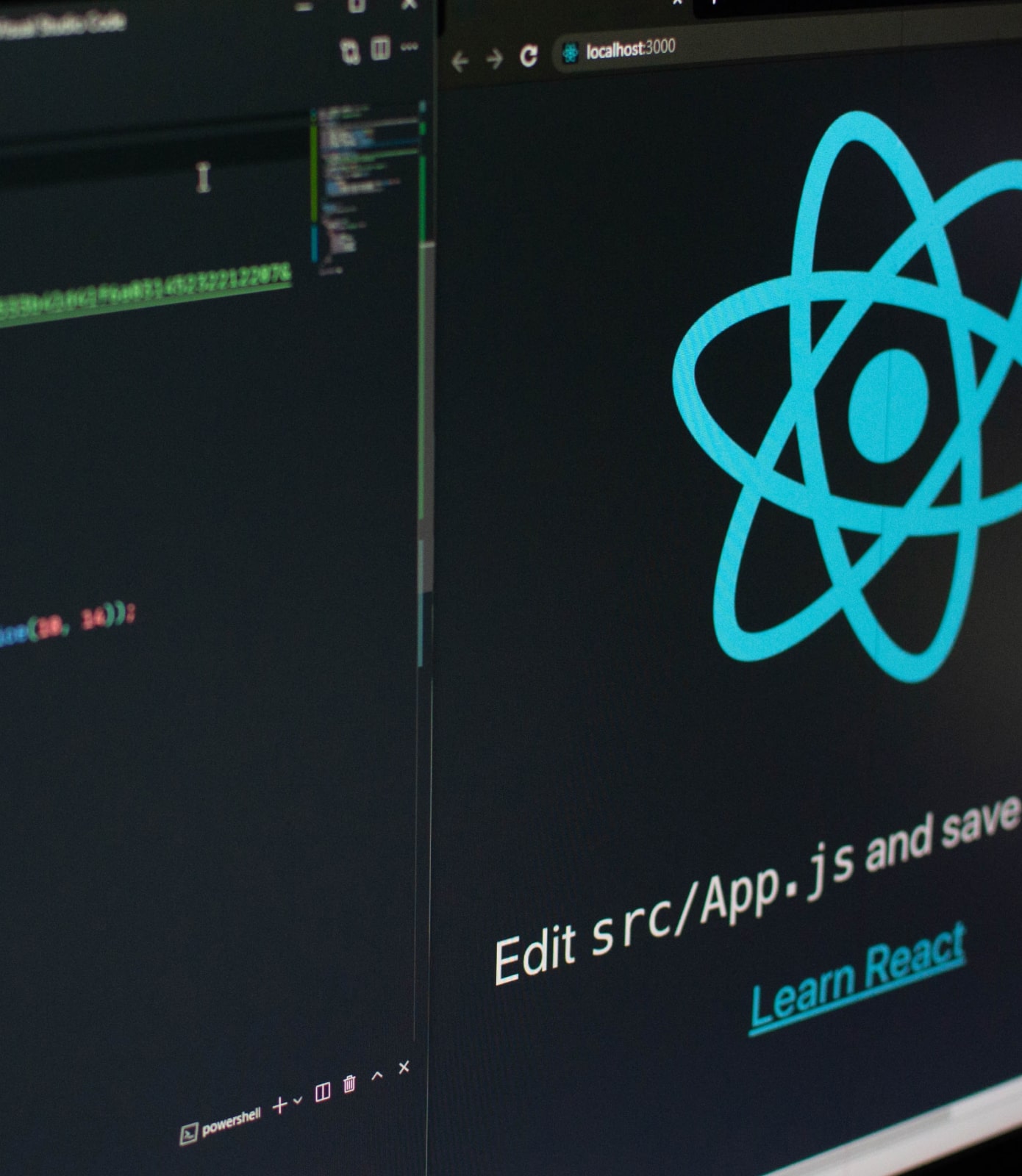React Native Is the Way Forward for Cross-Platform Applications
The world of mobile applications is not an exception and is undergoing great change as a result of the ongoing development and mind-boggling discoveries that are taking place in the technology sector. The meteoric rise in the number of people using smartphones has caused an explosion in the demand for mobile applications, which are the key to reaching the widest possible audience. Because there is such a large demand for mobile applications as well as a wide variety of users and devices, it is imperative that mobile applications be compatible with a number of different platforms; in other words, they must be cross-platform. As a result of the fact that cross-platform development makes it possible for an app to have the same features and functionality on many platforms, it is fair to say that this kind of development is now the most pressing need.
Facebook developed the JavaScript Framework known as React Native in order to facilitate the building of apps that are compatible with several platforms. It now supports iOS and Android, but it has the capability of being expanded to support other platforms in the future. The amount of interest in React Native has skyrocketed in a very short amount of time. The Facebook Ads Manager app, Bloomberg, AirBnB, Gyroscope, Myntra, and UberEats are just a few examples of the most popular applications that were developed using the React Native framework. The following is a summary of the primary advantages offered by React Native:
Native
Native applications are apps that are written in languages that are supported by the platform on which they are installed. For instance, native applications for Android are often developed in Java, but native applications for iOS are typically written in either Objective-C or swift. Other methods of writing code that is compatible with several platforms, such as wrapping the JavaScript code in a web view, are not as independent as the react native components. It is able to generate mobile user interfaces for both Android and iOS. As a result, applications created in React Native must only be constructed once before they can be deployed on either iOS or Android.
Redux
One of the primary advantages that React Native has is called Redux. It gives the programmer the ability to establish a global state for the application. The approach that is simpler and more logical is to use redux for the retrieval and maintenance of state. Because the global state that is established using redux is shared across Android and iOS, a significant amount of time and work may be saved.
Components
The complex User Interface may be broken down into more manageable sections using components. The following is an example of a simple React Native component: –
A component is created out of the associated parts and wrapped around them. Simply exporting and importing the relevant components allows for their use in any part of the application. Therefore, the code may be reused an unlimited number of times. Bringing in a Part or Component
Utilizing a Hot and Live Reloading Procedure with an Imported Component
Programmers despise having to re-build or re-deploy an application only for the purpose of evaluating a single-line update to the user interface. Hot reloading and live reloading are two of the ways in which React Native finds a solution to this problem. The difference between live and hot reloading is that hot reloading just updates the files that have been modified lately, whereas live reloading updates the complete application whenever any of the files are modified. These ideas help developers save a significant amount of time.
Developers that work with React Native and Web
It might be challenging for web developers to make the jump from web development to mobile app development. However, the switch is not at all difficult when using React Native. Because it is a framework written in JavaScript, React Native makes it simple for web developers to create mobile apps with it. Because of their prior experience with JavaScript, they will have a much easier time mastering the requirements of React Native.
Look and Feel
The applications created with React Native have a consistent and native look and feel, which means that the user interface of a React Native app looks exactly the same on Android and iOS as it does on apps developed specifically for those platforms.
A Question of Time
Because a significant portion of the code is the same for both iOS and Android when using React Native, it is possible to build applications for both platforms at the same time. As a result, the amount of time it takes to design your software might be cut by as much as 30 percent, and perhaps even more. Hurray!!!!!!!! Is there any way it might be improved?
Challenges
Based on the information presented above, we can deduce that React Native is a very strong framework. Despite this, the technology is still in its infancy, and a significant amount of development is required for it. It has the potential to cut both the cost and the amount of time required for development, but the amount of time required might still be substantial for more sophisticated systems that make use of a large number of native APIs. However, given that it is still in the process of developing, it is reasonable to anticipate that these challenges will be overcome with the passage of time.
Conclusion
Both the number of users and the community around React Native are expanding at a breakneck pace. Without a doubt, several innovations and improvements to the structure will be observable in the foreseeable future. In conclusion, we can state that the creation of cross-platform mobile applications using React Native has a very promising future.
